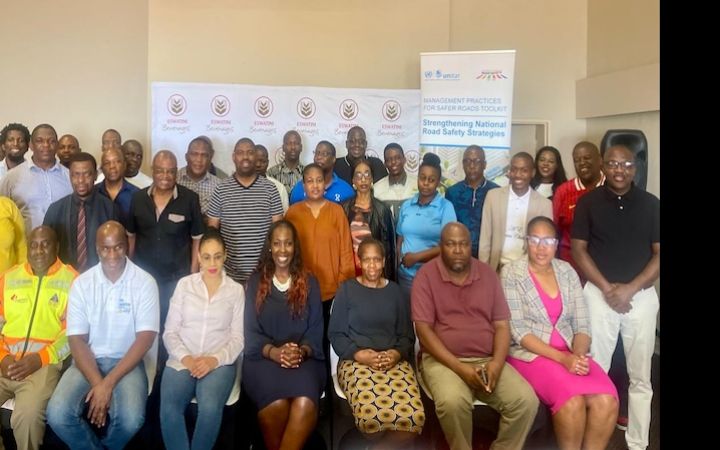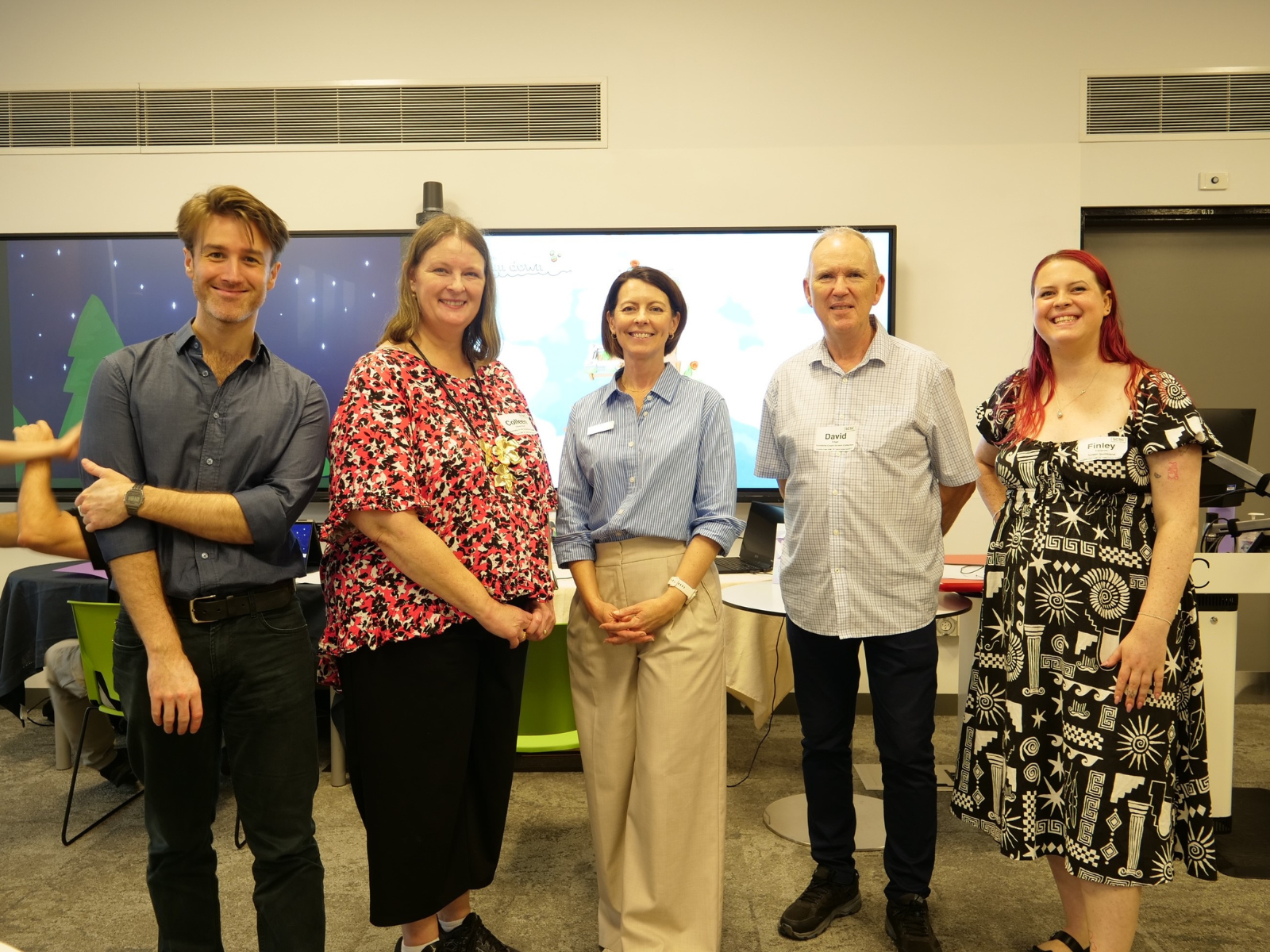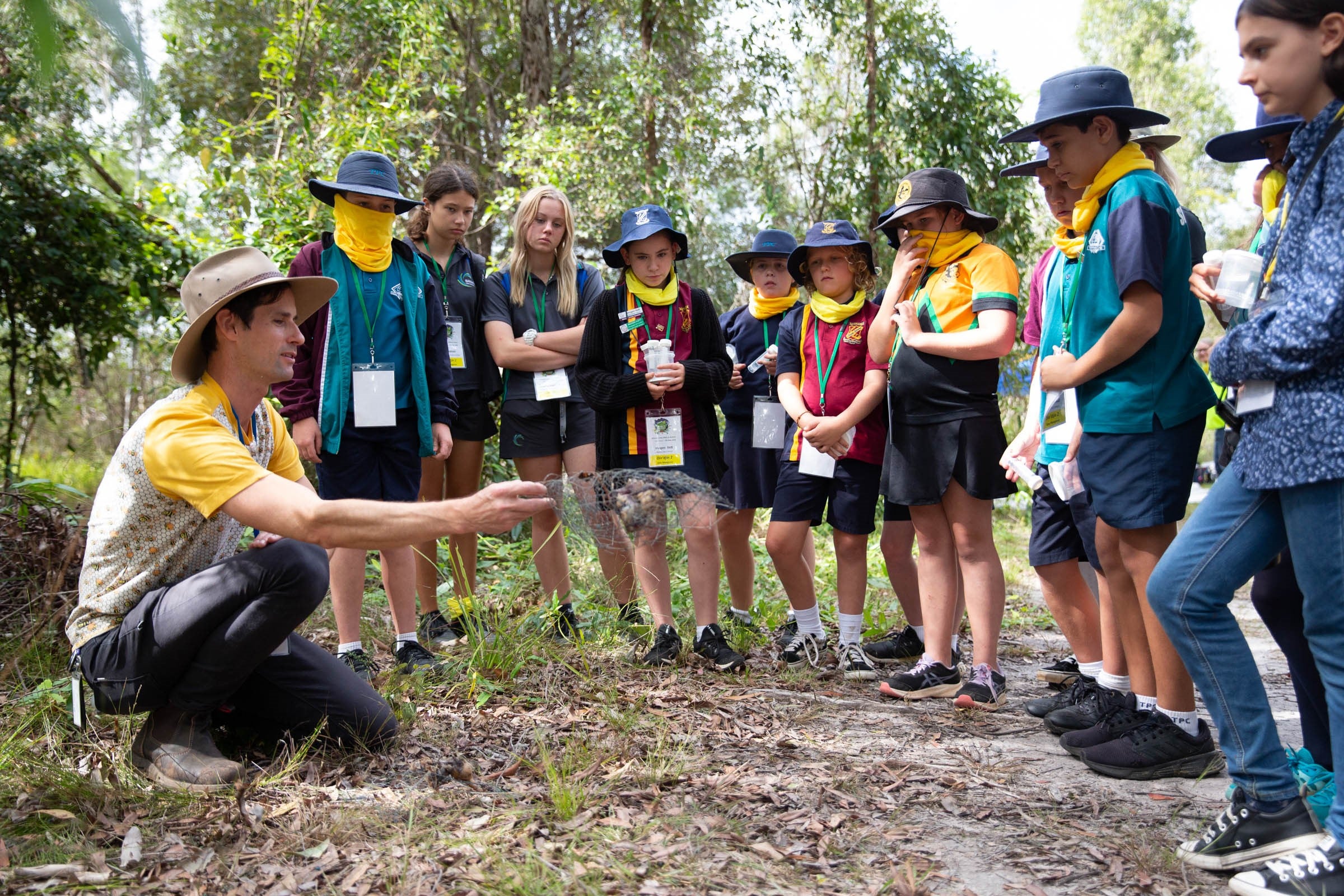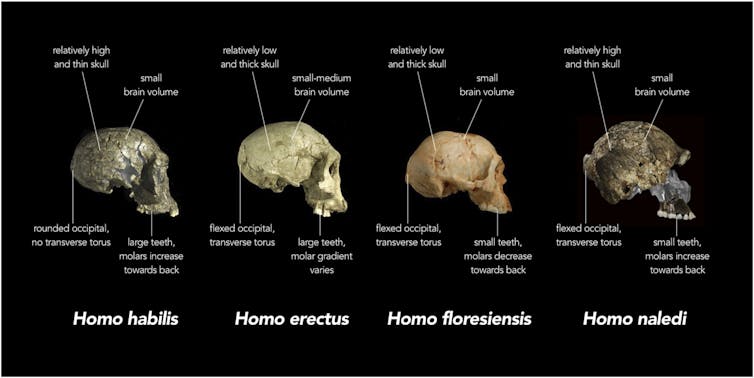Scientists say a ‘portfolio’ of protected areas within marine parks such as the Great Barrier Reef can help secure sustainable fish populations.
Dr Hugo Harrison from the ARC Centre of Excellence for Coral Reef Studies at James Cook University (Coral CoE at JCU) led a study on the effects of marine reserves, or no-take zones, on fish populations.
“The Great Barrier Reef Marine Park has established networks of no-take zones,” Dr Harrison said. “A ‘portfolio’ of these protected areas can help connect reefs and ultimately provide more reliable quantities of fish across an ecosystem.”
Dr Harrison says no-take zones—areas closed to fishing—on their own act as valuable sources of fish for neighbouring reefs. These areas support more fish, which then produce even greater numbers of baby fish. But, just how many babies survive and where they end up varies greatly from year to year. These fluctuations can be volatile and uncertain.
“Our findings are comparable to investing your resources wisely,” said Professor Michael Bode, a co-author on the study from the Queensland University of Technology. “If you put all your money into one type of stock and then the value of that entire industry crashes, then all of your investment will crash too.”
“By investing in a variety of stocks you can buffer or dampen market volatility and still maintain a valuable portfolio. Our study proves that marine protected areas are like financial stocks: if you invest in multiple smaller reserves instead of putting all your effort into one large reserve, you ensure a stable supply of fish to both recreational and commercial fishers.”
The authors tracked more than 1,500 baby fish using DNA ‘fingerprinting’ techniques. The baby fish were traced back to their parents inside a network of four reserves.
The researchers found that each reserve was an important but variable source of baby fish. However, together, the network of reserves generated a reliable source of offspring to replenish exploited fish stocks in surrounding reefs.
The study coincides with two significant international reports illustrating the stark decline of the natural world: the and the .
“Governments all around the world failed to meet any of the UN Sustainable Development Goals on Biodiversity Conservation,” Dr Harrison said. “To stem the loss of natural habitats, they had committed in 2010 to expand the world’s nature reserves across ten percent of coastal and marine areas by 2020.”
“Though protected ocean areas have tripled in these past ten years, the targets remain well below the recommendation of at least 30 percent protection recommended by the International Union for Conservation of Nature (IUCN).”
The IUCN also recently released on protecting connectivity and ‘corridors’ within ecosystems, which are essential for healthy natural habitats—for conservation and for climate change adaptation.
Prof Bode says maintaining corridors between protected areas is easy to picture in a terrestrial realm—for example, in a forest setting where animals can move freely between areas.
“But it’s a lot harder in the marine realm, where connectivity pathways between habitats are difficult to predict,” Prof Bode said. “We can’t maintain ‘corridors’ in coral reef seascapes, so we need other mechanisms to ensure connectivity through these ‘portfolios’, as we do on the Great Barrier Reef.”
Dr Harrison said there is an urgent need for further discussions on the value of marine reserve networks—both locally and internationally.
“Our research is a timely reminder of the value of marine networks in protecting not only biodiversity but industries including tourism and the millions of people globally whose livelihoods depend on healthy ecosystems.”
PAPER
Harrison H, Bode M, Williamson D, Berumen M, Jones G. (2020). ‘A connectivity portfolio effect stabilizes marine reserve performance’. Proceedings of the ³Ô¹ÏÍøÕ¾ Academy of Sciences of the United States of America. DOI:
IMAGES
Photos are available for media use. Please note these are for single use with this story only, not for any other story. Credit must be given to the photographer as stated in the image credit file. No archival permissions are granted.








